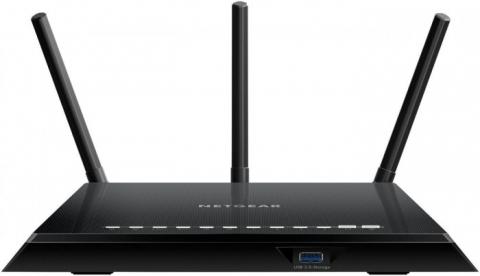Rural Communities to Get Wireless Network Coverage
 Submitted by jbimokola on
Submitted by jbimokola on

Berna Namulyowa, a 23-year-old Engineering student at Makerere University has innovated a wireless Internet connection that is meant to increase on the network coverage in rural areas in a range of 2km. The project called Rural Connect uses Mikrotik devices to enable people monitor their businesses using wireless connections. It mainly targets the rural communities and her case study was Karamoja. The brains behind this project are a team of three people who sat and thought of how to bring the rural community on board and start embracing the use of the Internet.
Mikrotiks are portable devices that offer wireless internet with the help of a router and an Internet Service Provider. They mainly work in two ways; they can use an antenna which is then connected to a receiver to provide relevant data by the user. However, this works with the connection of a router which provides Internet through an Internet Service Provider. Alternatively, Mikrotiks can work in a smaller area that require an indoor access point to the people in the surrounding areas in a range of 2km.
Namulyowa says this arose out of the need to assist farmers monitor their farms on their smart phones, even when they are kilometers away from them.
Conrad Ekiso, a Graduate Research Officer at Makerere University further says that wireless technology has a lot of potential but people are still ignorant about it. With this technology, they are taking advantage of TV white spaces which were left vacant during the Digital Migration of television networks.
“We are in an era of the Internet of things where everything needs to be smart,” he added.
Edison Gamati, one of the students on the Rural- Connect team says that Mikrotik devices are cheaper and easy and set up than fibers that are commonly used in the country. For example, the recently installed cameras in some areas around Kampala mainly used fiber which involve a lot of digging and quite expensive to be connected everywhere. He however added that fiber have a better network compared to the wireless devices although only three wireless devices can be enough to monitor a big area, say a farm on your smart phone or computer.
Betty Kyakuwa, the Communication Officer at the College of Engineering, Design, Art and Technology (CEDAT) is delighted about this new innovation from these third-year students of Computer Engineering and she is immensely proud of them. She believes that the Mikrotiks are the way to go because they are neat, less costly and have a high capacity back haul link and hence they are easy to embrace. She further added that each year, they hold exhibitions at CEDAT to showcase the works of their students. This is very inspiring to the students at this college, at Makerere University and the country at large.
John Masereka, a third year student on the Rural- Connect team urges people to embrace and like their innovation because it covers a wide area of 2km compared to most Internet Service Providers. Therefore, with the help of the government under the Youth Fund Program they hope that if their project is funded, it will change the lives of many Ugandans especially those living in rural areas.
Courtesy Photo
- Log in to post comments
- 1215 reads
